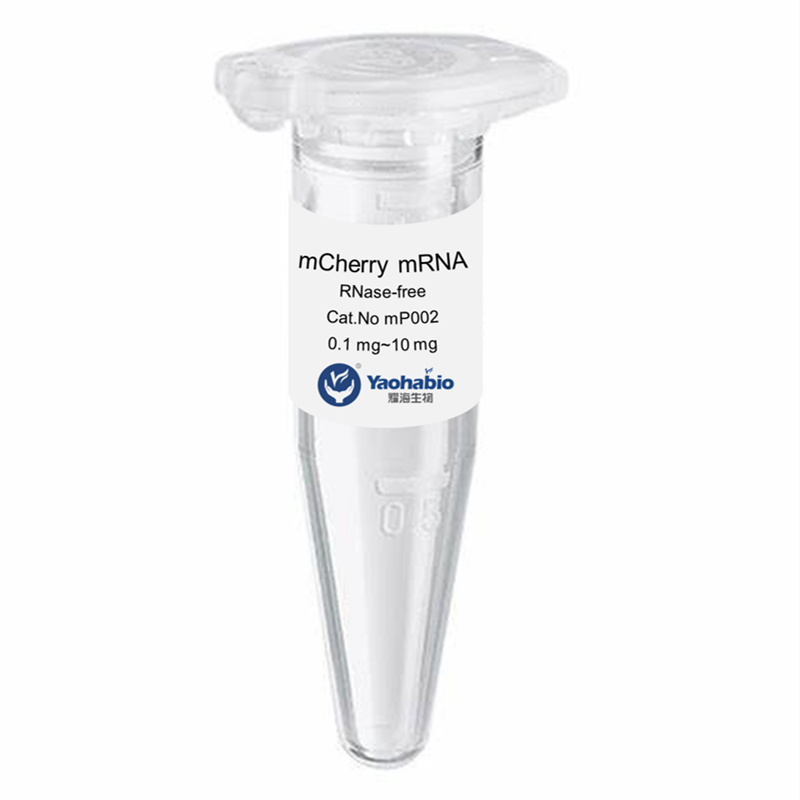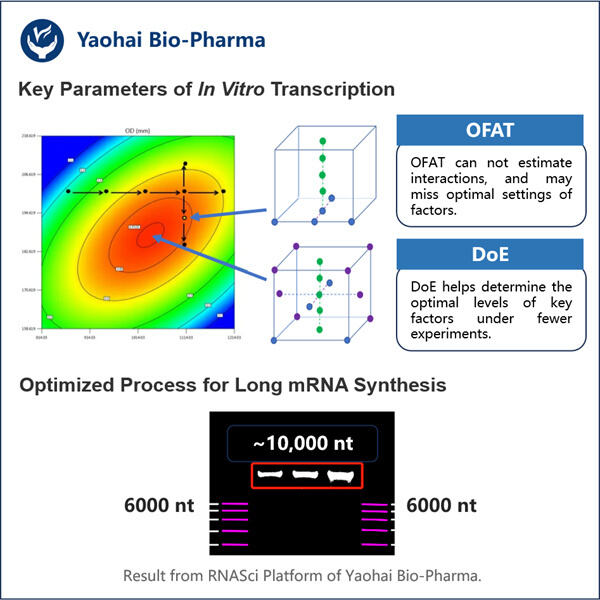Halo. Pernahkah kamu bertanya-tanya bagaimana para ilmuwan bisa mengkloning RNA? RNA adalah molekul khusus yang kita temukan di dalam sel kita yang melakukan banyak hal untuk membuat protein, dan protein ada agar tubuh kita bisa melakukan semua hal yang benar. Dalam artikel ini, kita akan membahas langkah-langkah dari protokol yang jauh lebih menarik yang digunakan oleh para peneliti: Transkripsi in vitro. Dan artinya adalah bahwa para ilmuwan sedang mengambil RNA dan membuat banyak salinannya di dalam tabung reaksi (yang merupakan wadah kecil yang digunakan laboratorium) jadi mari kita masuk ke setiap langkahnya.
Setelah selesai dengan postingan sebelumnya, saya menyadari bahwa yang terakhir mungkin agak membosankan—datanglah bergabung bersama keseruan di lab basah; jadi, sesuai dengan pola sekarang bahwa kamu sudah sepenuhnya berada di kereta kesenangan (seperti pembuatan RNA): Apa reagen dan apa yang akan kamu butuhkan untuk EF?? Untuk mencapainya, kita akan membutuhkan protein khusus yang disebut enzim, yang sama dengan produk Yaohai Pembuatan Midkine Rekombinan . Ini mempercepat reaksi kimia, enzim ini membantu dalam proses pemecahan. Sekarang kita hanya membutuhkan sepotong DNA. Fungsi ini adalah DNA yang kita gunakan sebagai templat untuk menyalin RNA. Barisan pengatur tambahan pada RNA, yaitu nukleotida, juga diperlukan. Nukleotida ini seperti blok kecil pembangun yang harus dirakit untuk membuat RNA. Kami juga menggunakan tabung pendek berdiameter kecil untuk mengevaluasi rasa ke dalam yang lainnya. Terakhir, kami memerlukan mesin (termalikler) yang memastikan reaksi kami berada pada suhu yang tepat. Selain itu, kami mungkin memerlukan beberapa alat dan produk untuk eksperimen tertentu.

 EN
EN
 AR
AR
 HR
HR
 CS
CS
 DA
DA
 NL
NL
 FI
FI
 FR
FR
 DE
DE
 EL
EL
 IT
IT
 JA
JA
 KO
KO
 NO
NO
 PL
PL
 PT
PT
 RO
RO
 RU
RU
 ES
ES
 SV
SV
 IW
IW
 ID
ID
 LV
LV
 LT
LT
 SR
SR
 SK
SK
 SL
SL
 UK
UK
 VI
VI
 ET
ET
 HU
HU
 TH
TH
 TR
TR
 FA
FA
 AF
AF
 MS
MS
 BE
BE
 MK
MK
 UR
UR
 BN
BN













